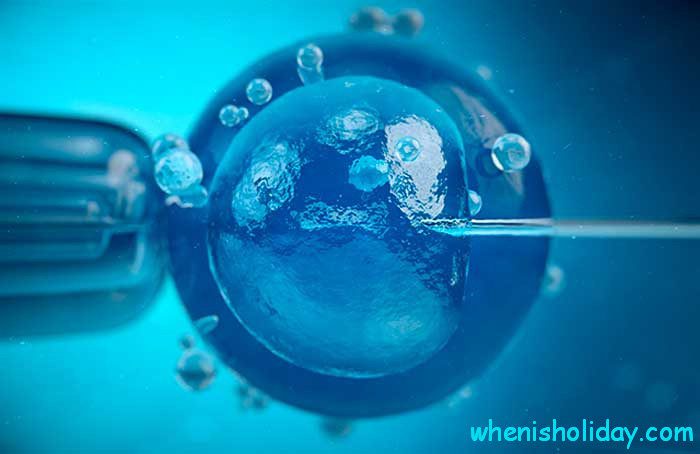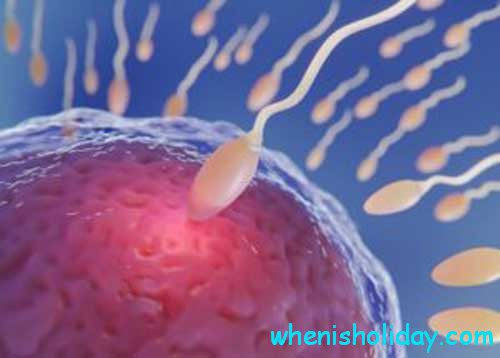Understanding Frozen Embryo Transfer (FET)
Frozen Embryo Transfer is a procedure within the broader spectrum of in vitro fertilization (IVF). In traditional IVF, multiple embryos are often generated through the fertilization of eggs with sperm in a laboratory setting. During a fresh IVF cycle, one or more of these embryos are selected for transfer into the uterus shortly after fertilization. However, in some cases, surplus embryos are cryopreserved, meaning they are frozen and stored for potential future use.

The FET process involves thawing these previously frozen embryos and transferring them into the uterus during a carefully monitored cycle. This allows for greater flexibility in the timing of embryo transfer, providing healthcare professionals and patients with the ability to optimize the chances of successful implantation.
Advantages of Frozen Embryo Transfer
One of the primary advantages of FET is the flexibility it offers in timing the embryo transfer. Unlike fresh IVF cycles, where the transfer must occur shortly after fertilization, FET allows for strategic planning. This flexibility is particularly beneficial for individuals undergoing pre-implantation genetic testing (PGT), as it provides additional time for genetic testing results to be obtained before the transfer.
The endometrial lining plays a crucial role in successful embryo implantation. FET allows for a more controlled and optimized preparation of the endometrium, promoting ideal conditions for implantation. By carefully synchronizing the embryo transfer with the recipient’s natural or artificially induced menstrual cycle, healthcare professionals can ensure that the endometrial lining is receptive and conducive to implantation.

Research and clinical evidence suggest that FET may result in higher pregnancy rates compared to fresh embryo transfers. This could be attributed to the ability to select the most viable embryos for freezing, allowing for a more favorable environment for implantation. Additionally, the avoidance of ovarian hyperstimulation during fresh IVF cycles may contribute to a healthier uterine environment for embryo implantation during FET.
Ovarian hyperstimulation syndrome is a potential complication of IVF treatment, particularly in cases where a high number of eggs are stimulated and retrieved. FET eliminates the risk of OHSS associated with fresh IVF cycles since it does not involve the use of ovarian stimulation medications during the transfer cycle.
Higher Embryo Survival Rates
Cryopreservation technology has advanced significantly, leading to improved methods for freezing and thawing embryos. As a result, the survival rates of frozen embryos have increased, ensuring that a higher percentage of embryos remain viable after thawing. This contributes to the overall success of FET cycles. FET can offer cost-effective options for individuals or couples pursuing multiple IVF cycles. By freezing surplus embryos during a single IVF cycle, patients can potentially undergo additional transfer attempts without the need for a full fresh IVF cycle, thereby reducing the financial burden associated with repeated ovarian stimulation and egg retrieval.

For individuals or couples who have embryos cryopreserved, FET provides a means to pursue additional attempts at conception without the need for the time-consuming and physically demanding process of ovarian stimulation and egg retrieval. This can be particularly advantageous for those who are ready to expand their family or wish to space out their attempts over time. Frozen Embryo Transfer has emerged as a valuable tool within the landscape of fertility treatments, offering flexibility, improved success rates, and reduced risks compared to traditional fresh embryo transfers. The ability to strategically time the transfer, optimize endometrial receptivity, and benefit from advancements in cryopreservation technology contributes to its growing popularity. As the field of assisted reproductive technology continues to evolve, FET stands as a promising option for individuals and couples on their journey toward realizing the dream of parenthood. You can access more detailed information about Frozen Embryo Transfer on the IVF Turkey website at any time and meet with professionals at any time.



































